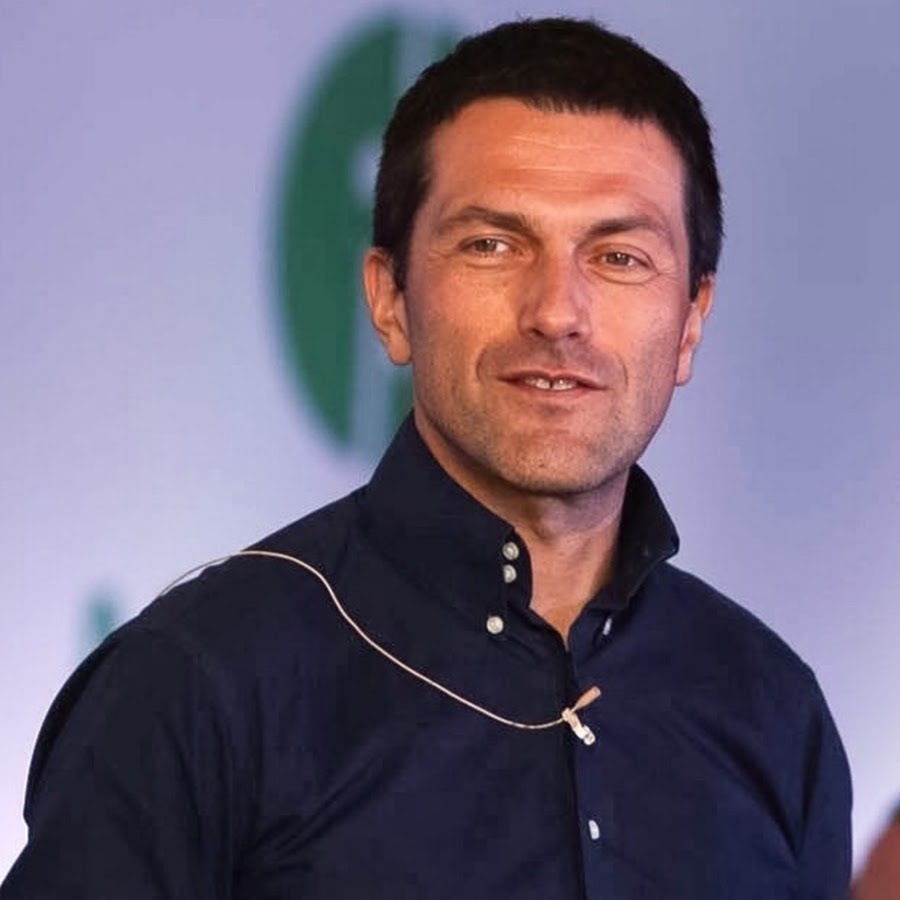What are the features of design thinking and why is its popularity growing?
This is told by Professor Giulio Toscani, an expert in the field of leadership and breakthrough technologies based on big data and artificial intelligence, as well as an expert in the Advanced Management program of the Faculty of International MBA Programs Kingston/RANEPA.

More recently, everyone who bought a technological novelty inevitably immersed himself in reading instructions, which often only a person with a degree could understand. The creators of the product took it for granted that technological innovations should be complex (remember the jungle of buttons on the TV remote control). But that's over: now even such a technologically advanced thing as a modern iPhone is designed so that it is easy to use. How is such amazing simplicity achieved?
Looking at the product from the outside, not just from the inside, caring about the end user, and not just love for technical ideas and solutions, gives this opportunity. In one of the well-known books on management, as an illustration of why generalists tend to prevail over narrow specialists, an example of a discussion about horse racing is given: there is a risk of falling in love with your ideas (a racing horse) just because you are overly carried away by its analysis.
One day you will come to the conclusion that the horse will win the race simply because you have thoroughly studied it. That is why the internal perspective is problematic: getting carried away with improving a technical solution, you may miss important external information, for example, comparing other "racing horses" with your favorite.
How to learn to look at the product "from the outside"? To understand the other, to perceive the world through his eyes? This process has been called "design thinking", and now this approach is rapidly becoming a new management paradigm. A paradigm created to humanize the proposed solutions based on deep insights and real needs of customers.
Design thinking is an approach to problem solving based on methods and tools that designers traditionally use, and recently it has been widely used to solve managerial tasks. Design tools can be user observation, visualization of ideas, brainstorming and rapid prototyping.
The process becomes design thinking when, as a result of the application of traditional design techniques, it begins to generate an emotionally colored customer experience. A distinctive feature of design thinking is its experimental nature, which requires people to actively participate in practical work, allowing them to better understand each other.
What is the secret of the increasing popularity of design thinking? Design can promote innovation and create competitive advantages by focusing specifically on the emotional experience of users.
Emotions are the key to establishing empathy with the user; the difficulty of transmitting consumer insights is that modern research mainly operates with quantitative values, and the transmission of emotions requires completely different tools involving involvement and involvement. As a result, a company using traditional approaches and quantitative language will promote itself as an "excellent consumer service", and a company that uses design thinking to develop proposals as a company "whose customers smile".
Another example: the emotional part of a value proposition is not a promise of usefulness, not getting something material, but a promise of feeling. "If you become our customer, you will feel confident." Manufacturers of plumbing fixtures with two drain buttons would like you to feel that you are contributing to environmental protection by saving water; illuminated light switches help you feel safer in the dark; subway platforms that inform the next station help the passenger feel confident on the way.
The paradigm shift is to adopt emotionally colored messages as the basis for developing business decisions or market trajectories, which, in turn, positively affect the consumer experience, thanks to well-designed and verified solutions.
The dilemma is how to create models based on emotionally colored messages that are still able to solve complex problems. For example, to understand what the customer thinks about the service or, ideally, what millions of users think about the service using Big Data technology: create a solution to build a model that tells you what the consumer wants. The data available today contains some variables that can tell the emotional part of the story if filtered and selected appropriately.
What is "good data" and how to design a process to explore potential user solutions is a key issue of design thinking. There are trillions of data, but the "good" ones are only those that explore the space of possible solutions, the space for the exchange of ideas.
Take, for example, Netflix: studying the selected data using a certain algorithm, the company came to the conclusion that it should abandon attempts to maximize the number of viewers of each film, instead it should create collections of films that correspond to the interests and needs of a particular viewer. Having built the model, Netflix has moved from the strategy of "offering more movies" to the strategy of "creating the best individual collections". However, this approach is also not a 100% guarantee of success. Another feature of design thinking is tolerance for temporary failures, but without excessive encouragement of them. Design thinking is iterative, gradual, not everything works out the first time. Take a look at the graveyard of Google projects: Picasa (2002-2016) — photo upload service; G+ (2011-2018) — Google social network; Google talk... even large companies are failing and need to rethink their experience.
Emotional messages, a data-driven decision space, and tolerance for temporary setbacks are the three pillars of design thinking. In some cases, there is a fourth dimension — the limited time available to the company, faced with the need to respond to the challenges of breakthrough innovations, thereby pushing the company to use quick recipes and search for shortcuts.
I studied the methodology of creating breakthrough innovations (Disruptive Innovation) at New York University at her creator Luke Williams. Disruptive Innovation methodology is based on design thinking, but limits the solution space to four dimensions; I have used this approach extensively while working with one of the largest multinational technology companies, implementing solutions in many of its divisions around the world.
The interest of many organizations in design opens up unique opportunities for the humanization of technological solutions and the development of emotionally resonating products and services. A wide variety of employees should be involved in the development of solutions, and a culture should be created in which the promotion of new, often crude ideas is encouraged, without fear of losing face, non-fulfillment of KPIs, punishment for mistakes, etc.
Design thinking starts the process of constant updating based on the experience gained, which contributes to the development of a business culture in the company characterized by user orientation, joint project work, risk taking, training and retraining, which, in turn, stimulates the further cyclical use of design thinking tools.
Implementing such an approach is a difficult task, especially given the need to integrate big data, but such an approach undoubtedly helps to create an innovative business environment in the company, allows you to quickly respond to changes in market dynamics, makes work meaningful and meaningful and brings joy to your customers.
You can learn about innovative approaches and creativity in business at the ADVANCED MANAGEMENT (post-MBA) program. This is a premium program for top managers, entrepreneurs and business owners who have significant work experience and are aimed at constantly updating, updating their knowledge and skills. The ADVANCED MANAGEMENT program is implemented by the Faculty of International MBA Programs of RANEPA with the participation of international partners.

Translation: Marina Shermet, Director of the Executive Education Center of the Faculty of International MBA Programs Kingston/RANEPA
The material is posted on the partner portal E-xecutive.ru





